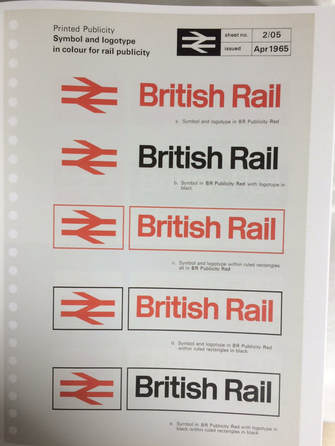|
British Rail operated Britain’s railway network from 1948 until privatisation in the mid-1990s. By 1997 all of Britain’s railway operating concerns had been franchised out, or sold off to the private sector. The railways were not the only industry to be nationalised in the aftermath of World War Two under the Labour government. Indeed, anyone alive in the 1950s-1970s would no doubt have accessed a whole range of nationalised services, including - but not limited to - electricity, water, gas, the post office, petrol and railways. While this concept might seem somewhat alien today, for better or for worse, nationalisation was an instrinsic part of the fabric of Britain’s political and social landscape in the late twentieth century. British Rail was not among the first sweep of privatisations under Margaret Thatcher’s government in the 1980s. This was left to her successor John Major in 1993. British Telecom, British Steel, British Airways and British Petroleum were all sold off in the 1980s, before British Rail. However, at privatisation, British Rail was split into numerous different companies. Railtrack took responsibility for the track and signalling, while the trains services themselves were franchised out. After a catalogue of errors and widespread mismanagement, Railtrack was put into liquidation in 2002 and its operations were transferred to Network Rail - owned by the British government. Here are three things that you might(!) want to know about British Rail; 1) British Rail might have been a byword for “poor quality and bad service” (Robert Tombs, The English and their History), but it is cool once again, albeit posthumously! The iconic ‘British Rail Corporate Identity Manual’ has been fully reprinted by a design enthusiast named Wallace Henning (@Wallagram). This is a treasure trove of inspiration for any budding designer and a great way for anyone interested in British history of the 1960s-1980s to relive the period. I already have my prized copy! You can check it out here: https://britishrailmanual.com/ 2) While British Rail was the butt of many jokes about delays, ‘leaves on the line’ and the ‘wrong type of snow’, it ran on a shoestring budget in comparison to the nationalised French railway company, SNCF. Indeed, it cost far less than its privatised successor in Britain. British Rail ran on a subsidy of GBP 1 billion per annum in the 1990s. In 2014, Britain’s privatised railway system required a subsidy of GBP 5 billion. That’s a significant difference.
3) British Rail not only ran the trains between 1948 and the mid-1990s - it designed them too. The Railway Technical Centre in Derby was at the forefront of railway innovation in the nationalised-era, which may surprise some people. Moreover, it designed and launched the iconic HST (InterCity 125) and the APT (which was withdrawn not long afterwards). Moreover, the British Rail ‘Double Arrow’ logo lives on today, exhibited on every train station fascia and showcased on many road signs up and down the country, as the generic denominator for a railway station. There are not many logos that have outlived their parent company in quite the same way. British Rail, 1947-1997. Gone, but I haven't forgotten you! You can check out the podcast on this topic - Versus History #32. Patrick O'Shaughnessy Co-Editor of Versus History.
0 Comments
Leave a Reply. |
Categories
All
Archives
April 2024
|


 RSS Feed
RSS Feed